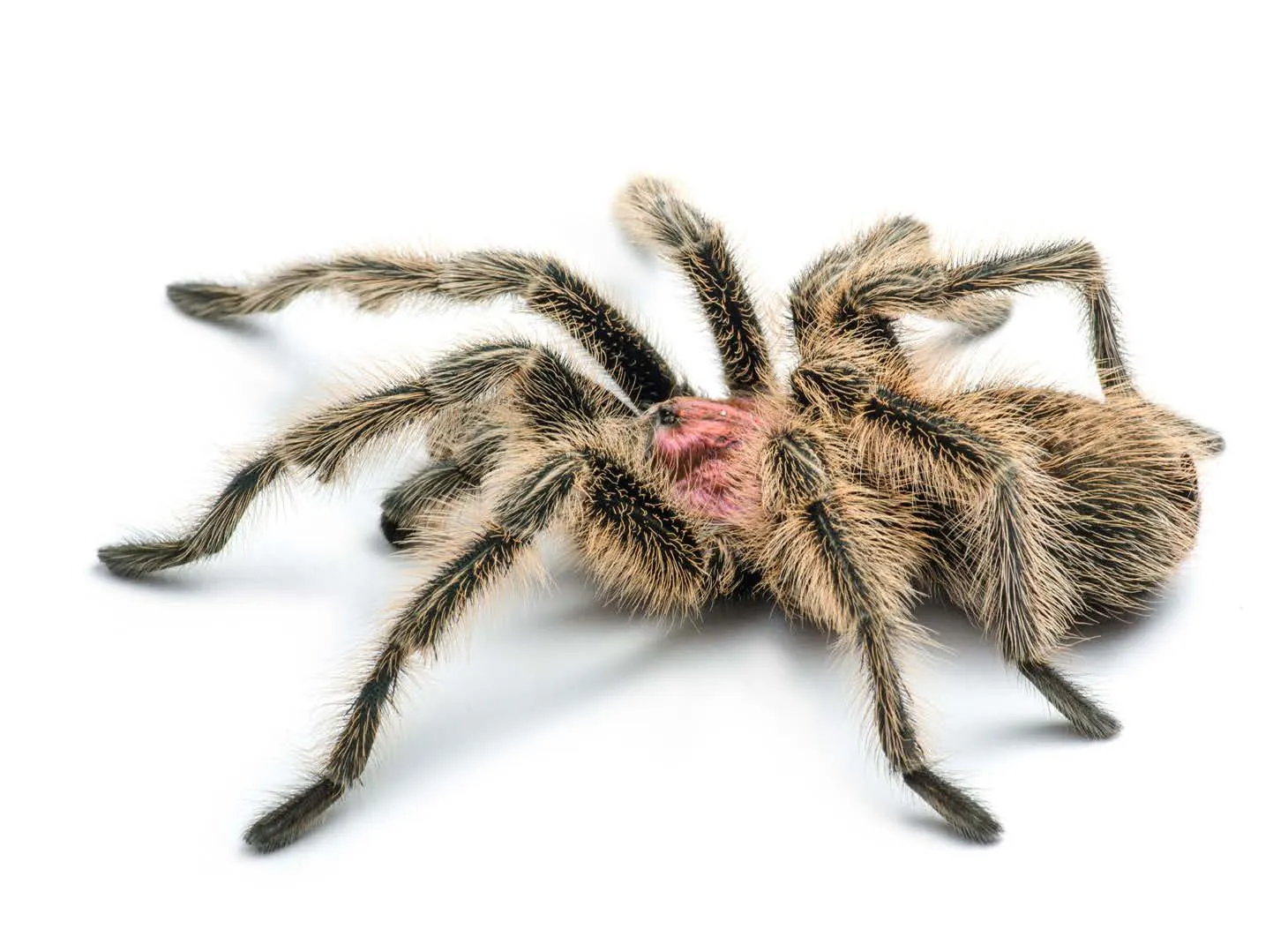Rose Hair Tarantula Cost Overview
Considering a Rose Hair Tarantula as a pet is an exciting prospect, but before you welcome one into your home, it’s essential to understand the associated costs. The price of a Rose Hair Tarantula extends beyond the initial purchase; ongoing expenses for housing, food, and healthcare must be factored in. This comprehensive guide breaks down the various aspects of the Rose Hair Tarantula cost, helping potential owners make informed decisions and prepare for responsible pet ownership. Understanding these costs upfront ensures you can provide a healthy and enriching environment for your new eight-legged friend. The total cost can vary significantly based on several factors, from the initial purchase price to the ongoing needs of your tarantula, so thorough research is crucial.
Initial Rose Hair Tarantula Purchase Price
The initial cost of acquiring a Rose Hair Tarantula is the first financial consideration. This price can fluctuate based on several factors. Generally, you can expect to pay anywhere from $20 to $80 for a juvenile or adult Rose Hair Tarantula. Prices often depend on the tarantula’s age and size, with smaller spiderlings usually being less expensive than larger, more established specimens. However, be cautious of extremely low prices, as they might indicate unhealthy specimens or less reputable sellers. Research different vendors and compare prices before making a purchase, ensuring you choose a healthy tarantula from a trustworthy source.
Tarantula Size & Age
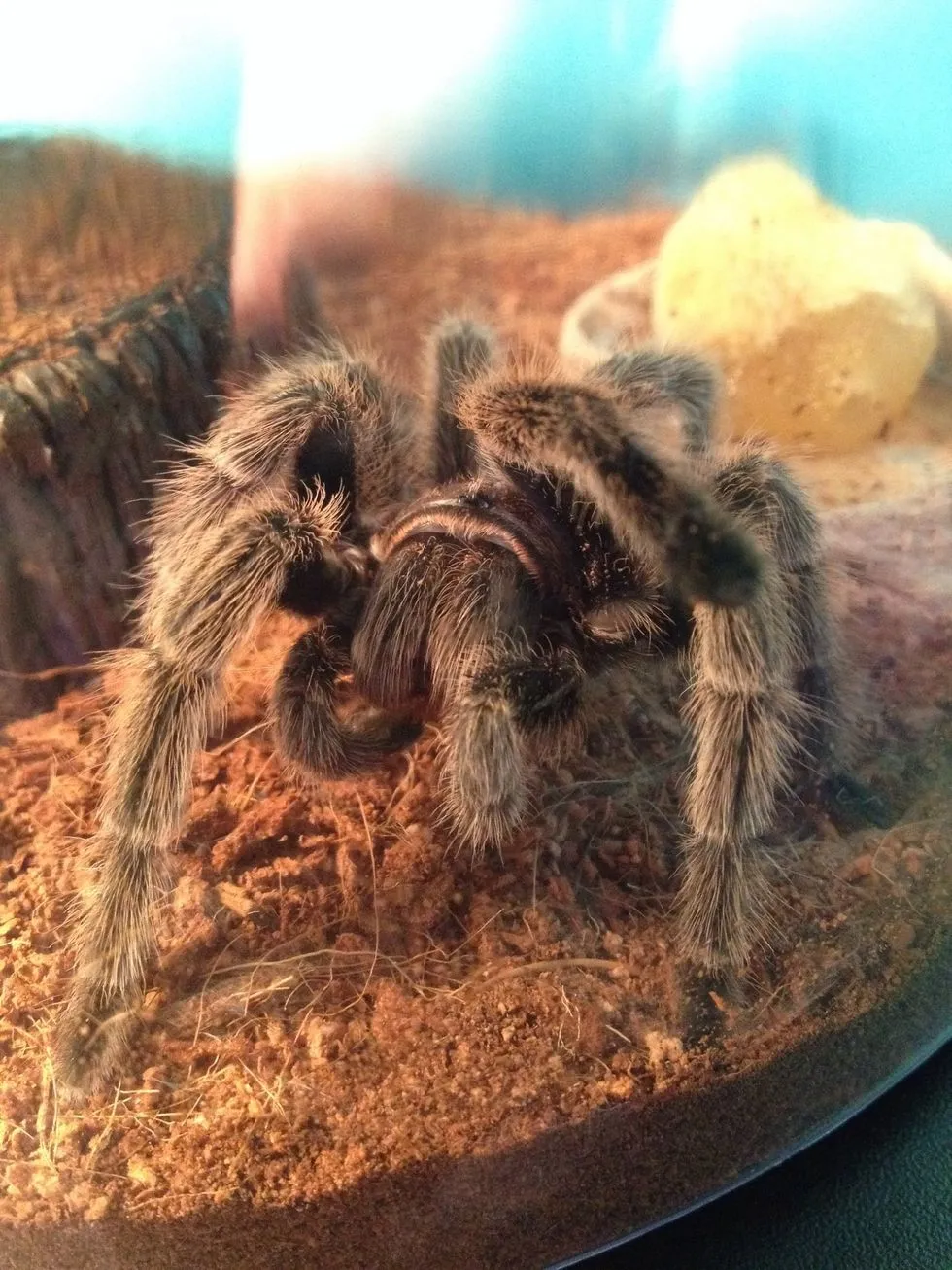
The size and age of the Rose Hair Tarantula significantly impact its cost. Spiderlings (baby tarantulas) are typically cheaper because they are smaller and require less space and food. As they grow, the price tends to increase. Adult tarantulas, especially those with desirable characteristics like vibrant colors or a specific temperament, may command a higher price. However, the price doesn’t always reflect the best choice for a beginner. Younger tarantulas offer the advantage of witnessing their growth and bonding with them, but they also need more precise care to ensure their survival. Consider your experience level and commitment when selecting the age of your Rose Hair Tarantula.
Tarantula’s Origin
Where your Rose Hair Tarantula comes from can influence its price. Tarantulas bred in captivity by reputable breeders are often more expensive than those collected from the wild. Captive-bred tarantulas typically have a lower risk of carrying parasites or diseases and are often accustomed to being handled. However, wild-caught tarantulas can also be healthy, depending on the conditions they were kept in before sale. Always inquire about the tarantula’s origin and the breeder’s reputation. Supporting responsible breeders contributes to the ethical keeping of tarantulas and helps protect wild populations.
Seller Reputation
The seller’s reputation is a crucial factor in determining the price and quality of your Rose Hair Tarantula. Purchasing from a reputable breeder or pet store can provide peace of mind, as these sellers usually prioritize the health and well-being of their animals. While you might pay a premium, the higher price often reflects the quality of the tarantula and the breeder’s expertise. Be wary of sellers offering extremely low prices or those with poor online reviews. Check for reviews, ask for references, and ensure the seller can answer your questions about tarantula care. A trustworthy seller can provide valuable advice and support, making the initial investment worthwhile.
Housing and Setup Costs
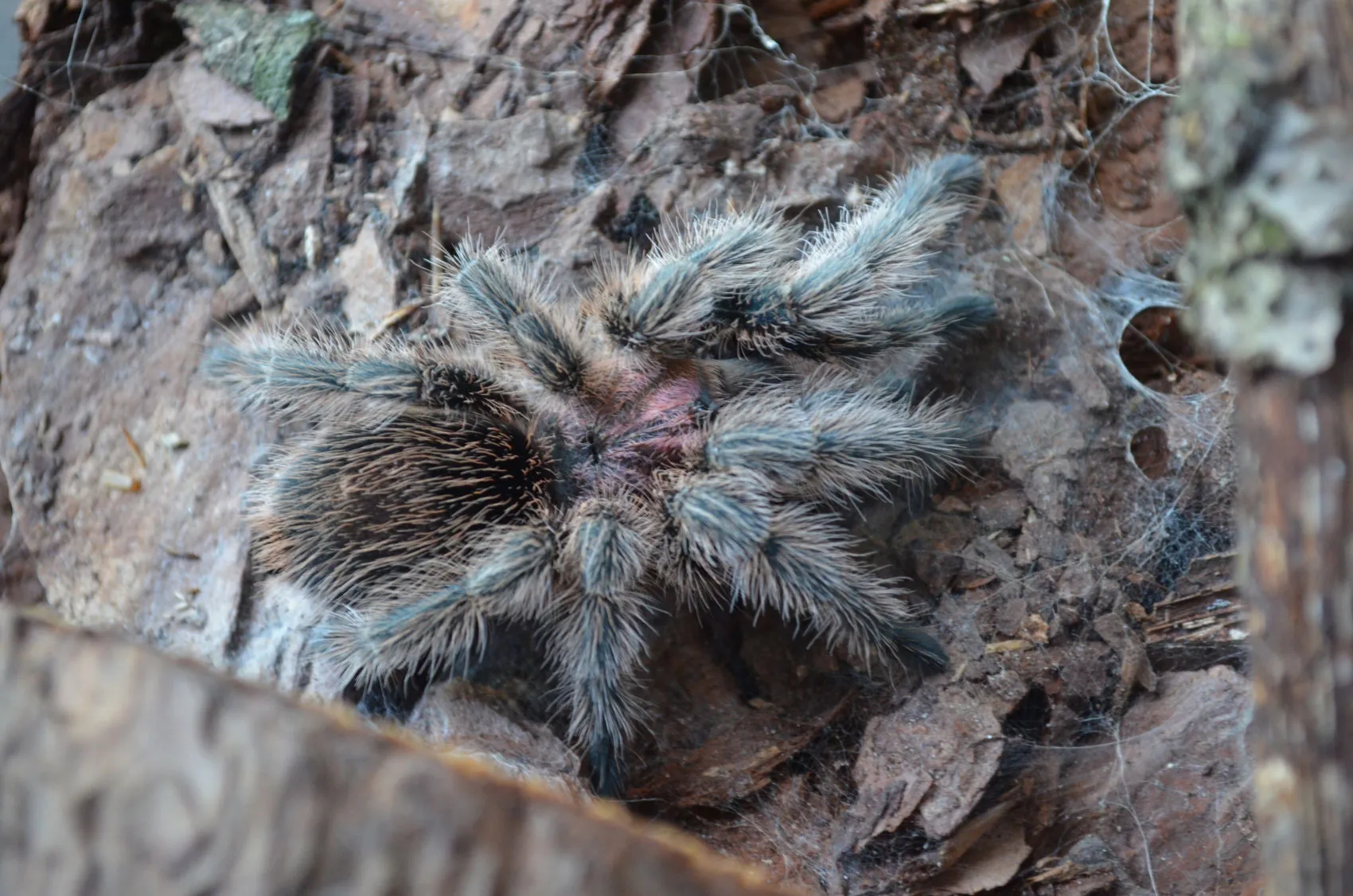
Setting up a suitable habitat for your Rose Hair Tarantula involves several initial costs. The enclosure, substrate, decorations, and any necessary heating or lighting equipment will contribute to the overall expense. These setup costs are crucial for the tarantula’s health and well-being. Prioritizing a safe and enriching environment is an investment in your pet’s longevity and happiness. While the initial cost can be significant, many of these items are reusable, reducing the long-term financial burden of tarantula ownership. Planning your setup carefully and researching different options can help you create a comfortable home for your tarantula while staying within your budget.
Enclosure Cost
The enclosure, or terrarium, is a primary expense. The size of the enclosure depends on the tarantula’s size. A juvenile Rose Hair Tarantula can start in a smaller enclosure, such as a 5-10 gallon tank, which can cost between $15-$30. As the tarantula grows, it will need a larger enclosure, potentially a 20-gallon tank costing $30-$60. Consider the material and features, like ventilation and security. Ensure the enclosure is escape-proof, as Rose Hair Tarantulas are skilled escape artists. A well-ventilated enclosure will maintain air quality, which is essential for the tarantula’s health. Quality enclosures are a significant investment, so choose wisely.
Substrate and Decorations
The substrate is the material that lines the bottom of the enclosure and provides a comfortable and safe environment. The right substrate helps maintain humidity levels and allows the tarantula to burrow. Popular substrate choices for Rose Hair Tarantulas include coco coir, peat moss, and a mix of both. A bag of substrate can cost $10-$20, depending on the size and material. Decorations such as hides (cork bark or plastic hides) and plants (real or artificial) add enrichment and security. Hides can cost between $5 and $20, and plants range from $5-$15. These decorations are essential for the tarantula’s well-being, providing a place to hide and feel safe. Choosing natural-looking decorations will also enhance the enclosure’s aesthetic appeal.
Heating and Lighting
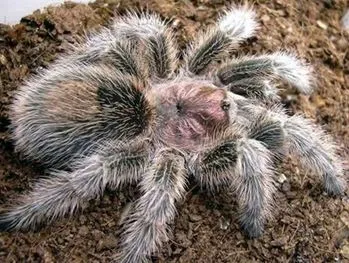
Rose Hair Tarantulas don’t necessarily require specialized heating or lighting, but maintaining the right temperature is essential. A heat mat or a low-wattage ceramic heat emitter can be used to provide supplemental heat, especially in cooler climates. These items can cost between $15 and $40, depending on the size and features. A thermostat is recommended to regulate the temperature and prevent overheating. Proper lighting isn’t crucial, as these tarantulas are nocturnal; however, a low-wattage LED light can be used for viewing purposes, costing around $10-$20. Always ensure that any heating or lighting equipment is placed safely to avoid burns or other hazards. Regularly monitor the temperature and humidity levels to ensure they remain within the ideal range.
Ongoing Rose Hair Tarantula Care Costs
Beyond the initial setup, there are ongoing costs associated with caring for a Rose Hair Tarantula. These expenses include food, vet care (although rare), and the occasional replacement of supplies. These recurring costs, though typically moderate, should be factored into your budget. Proper planning and budgeting will help you manage these expenses efficiently, ensuring your tarantula remains healthy and well-cared for. By understanding and preparing for these ongoing costs, you can ensure your pet receives everything it needs throughout its life.
Food and Feeding
Feeding is a significant ongoing cost. Rose Hair Tarantulas primarily eat insects such as crickets, mealworms, and roaches. The cost of these feeders varies depending on the type, quantity, and location. Crickets, a common food source, can cost approximately $5-$10 per dozen, while mealworms and roaches are generally a bit more expensive. Feeding frequency depends on the tarantula’s age and appetite; juveniles require more frequent feedings than adults. Make sure that the feeders are gut-loaded before being fed to the tarantula. Purchasing feeders in bulk can help reduce costs. Proper storage of feeders ensures they remain healthy and nutritious.
Vet Care and Health Concerns
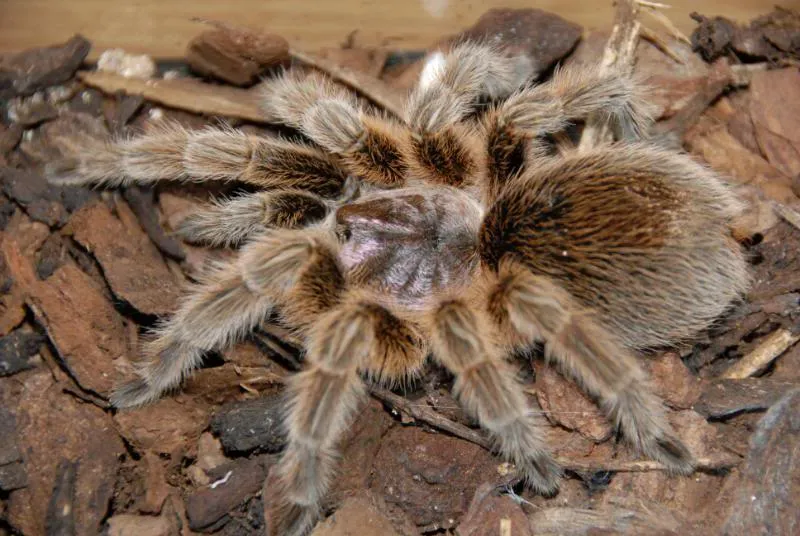
Rose Hair Tarantulas are generally hardy pets and don’t often require veterinary care. However, it’s essential to have access to a veterinarian specializing in exotic animals. While regular check-ups aren’t necessary, you should be prepared for unexpected expenses. The cost of a vet visit could range from $50 to $150 or more, depending on the service and location. Maintaining proper enclosure hygiene and providing appropriate care can help minimize the need for vet visits. Regular observation for signs of illness or distress is crucial. Researching local exotic animal veterinarians before you need one will save you time and stress should your tarantula require medical attention.
Cost-Saving Tips for Rose Hair Tarantula Owners
While keeping a Rose Hair Tarantula involves costs, there are ways to minimize expenses. Planning and budgeting can help you manage your finances effectively, and exploring alternative options can lead to savings. By being resourceful and making smart choices, you can provide a high-quality life for your tarantula without breaking the bank. Consider these cost-saving strategies when acquiring and caring for your pet. Remember that responsible pet ownership is more about commitment than the amount of money spent.
Buying in Bulk
Purchasing supplies in bulk can significantly reduce costs. This strategy applies to substrate, decorations, and, most importantly, food. Buying insects in larger quantities often results in lower per-unit prices. If you have multiple tarantulas, buying in bulk is even more advantageous. However, consider the storage requirements and ensure you can keep the supplies fresh and use them before they expire or spoil. Proper storage is critical for maintaining the quality of your supplies. Explore local pet stores and online retailers to find the best deals on bulk purchases.
DIY Enclosure Options
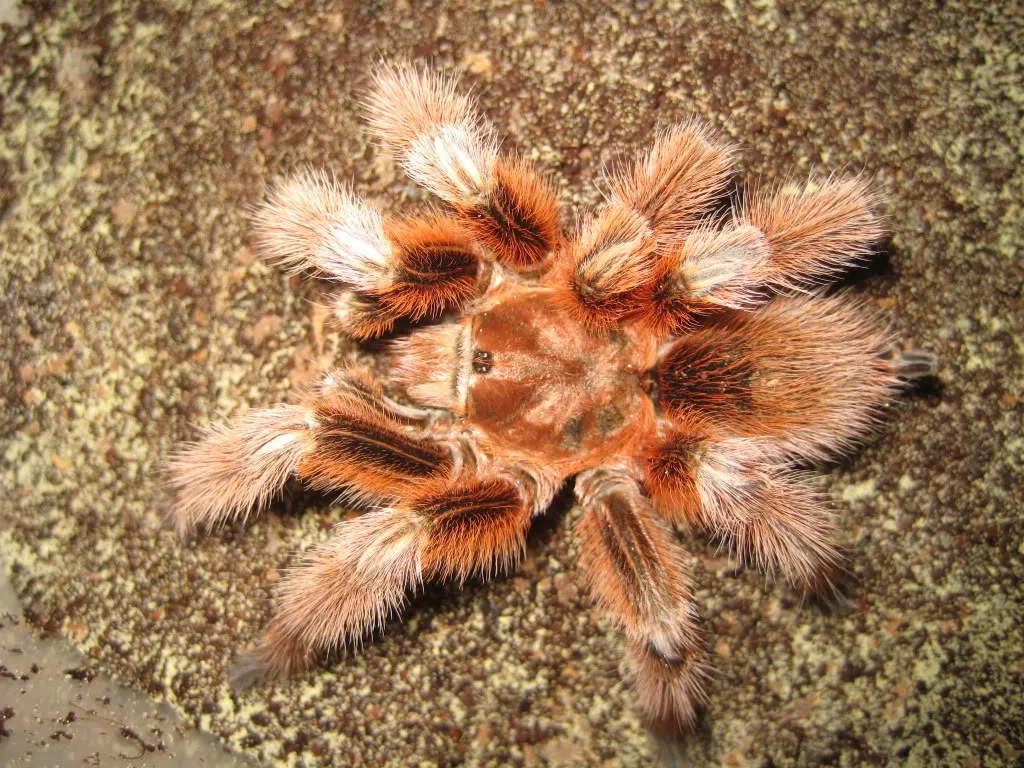
Creating your own enclosure can save money. You can repurpose old aquariums or use plastic storage containers. However, ensure the enclosure is secure, well-ventilated, and appropriate for the tarantula’s size and needs. If you choose a DIY approach, research the best materials and construction methods. Be certain the enclosure is escape-proof. While DIY options can save money, prioritize safety and functionality. Consider the long-term cost-effectiveness and the aesthetic appeal of the enclosure when making your choice. Customizing your enclosure can also be a rewarding experience.
Finding Affordable Food Sources
Sourcing food at a reasonable price is essential. Shop around at different pet stores and online retailers to compare prices on insects. Some local breeders may offer insects at competitive rates. You can also explore the option of raising your own feeder insects, such as mealworms or roaches, which can save you a substantial amount of money in the long run. Research the best methods for raising feeder insects to ensure their health and nutritional value. Ensure you are following the local laws and regulations if you decide to raise feeder insects at home.
Conclusion
Understanding the cost of owning a Rose Hair Tarantula is the first step towards responsible pet ownership. By carefully considering the initial purchase price, housing expenses, and ongoing care costs, you can make informed decisions and ensure you can provide a healthy, enriching environment for your tarantula. Remember that the initial cost is only a part of the overall financial commitment. Proper planning, research, and a commitment to providing quality care are essential for enjoying the rewarding experience of owning these fascinating creatures. With proper preparation and a commitment to responsible ownership, a Rose Hair Tarantula can be a wonderful and rewarding pet.
